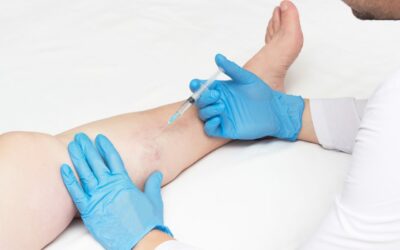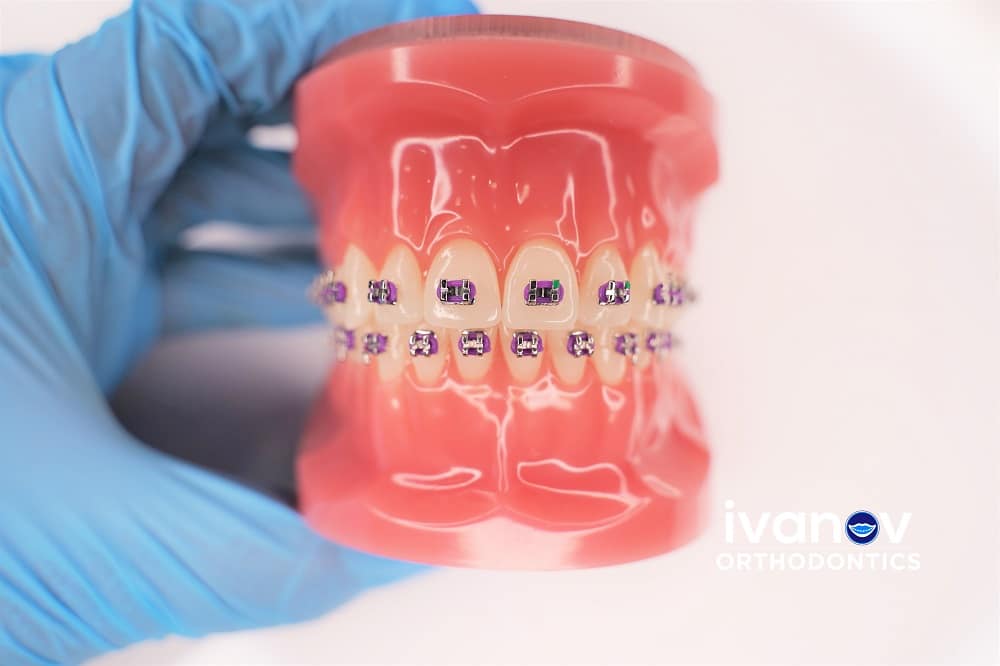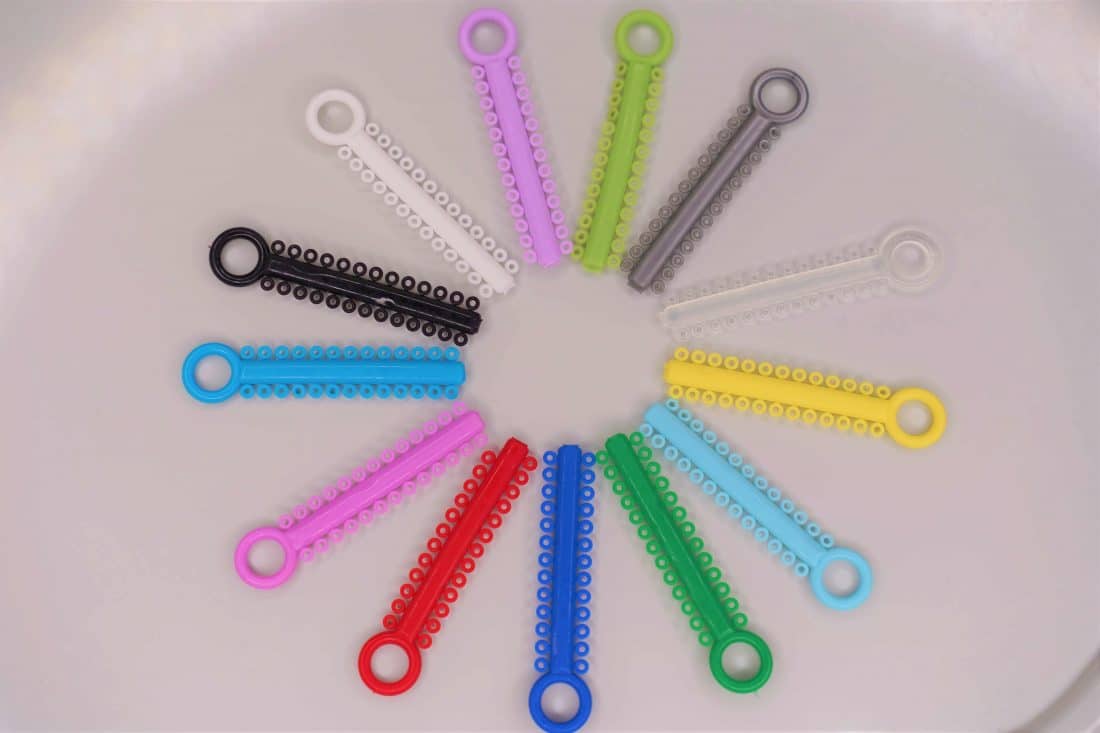Vein disorders are common medical conditions issues that affect millions of people globally. Medical health conditions such as varicose veins and deep vein thrombosis (DVT) can be physically and emotionally distressing. Interestingly, venous-related diseases are not life-threatening, so you don’t need to worry about this. There is a solution for everything; spider and varicose veins can heal from various effective medical treatments. In this article, we’ll explore different vein disorders, treatment methods, and the factors to consider when seeking help.
What Are Some Common Vein Disorders?
Varicose Veins
These are enlarged, twisted veins that usually appear on the legs. This disorder can cause pain and discomfort, and while primarily a cosmetic concern, severe cases can lead to health issues.
Spider Veins
Spider veins appear near the skin’s surface as web-like patterns and it is smaller than varicose veins. They are primarily a cosmetic concern, usually not causing pain.
Deep Vein Thrombosis (DVT)
Blood clots are formed in DVT patients in deep leg veins. Left untreated, it can be life-threatening, causing swelling, pain, and redness in the affected limb.
What Are Different Treatment Options of Varicose and Spider Veins?
Compression Stockings
These are non-invasive options for mild varicose veins or symptom relief. They enhance blood circulation and reduce discomfort by applying pressure to veins, aiding efficient blood flow.
Sclerotherapy
In this medical treatment, healthcare professionals inject the solution into the affected area, causing it to collapse and fade from view. It’s effective for varicose and spider veins.
Endovenous Laser Treatment (EVLT)
EVLT uses laser energy to seal problem veins. It’s particularly effective for larger varicose veins and boasts a shorter recovery time than surgery.
Radiofrequency Ablation (RFA)
RFA is a minimally invasive method that uses heat to seal problematic veins, with a shorter recovery time than surgery.
Surgical Vein Stripping
Surgeries may be necessary in critical cases involving removing or tying off problematic veins. This is typically for extensive varicose veins.
Catheter-Directed Thrombolysis
Used for DVT, this method dissolves blood clots with medication and a catheter. It’s a targeted approach for a life-threatening condition.
What things to keep in mind when seeking vein treatment?
You need to consider some things in mind when seeking vein treatment. Let’s have a look at this:-
Consult a Specialist
Consult a vein specialist or vascular surgeon for an accurate diagnosis and treatment recommendations tailored to your condition.
Severity
The treatment selection of varicose veins depends on the severity of the vein disorder. Mild cases may respond well to non-invasive methods, while advanced cases may require surgery.
Recovery Time
Each treatment has a different recovery time. Minimally invasive methods offer quicker recovery compared to surgery.
Insurance Coverage
Cross-check: are varicose vein treatments covered by insurance. If you are taking varicose treatment for cosmetic purposes – it’s not covered, while in some cases, it can be covered.
Long-Term Objectives
Engage in a conversation with your healthcare professional regarding your future aspirations. Some treatments concentrate on alleviating symptoms, while others target the enhancement of your leg’s aesthetics.
Potential Drawbacks
Gain insight into the conceivable downsides and adverse outcomes linked to your selected treatment, and discuss these matters with your healthcare specialist.
Conclusion
Vein treatment options have evolved, providing solutions for various vein disorders. Seeking guidance from a healthcare expert and thoughtful attention to your individual requirements are crucial to discovering the most suitable treatment. Prompt intervention can avert complications and improve your overall well-being. What is a vein specialist called? Phlebologists are vein specialists who examine, diagnose and provide effective treatment for different venous diseases.
Congrats! You’ve Finished This Blog.








